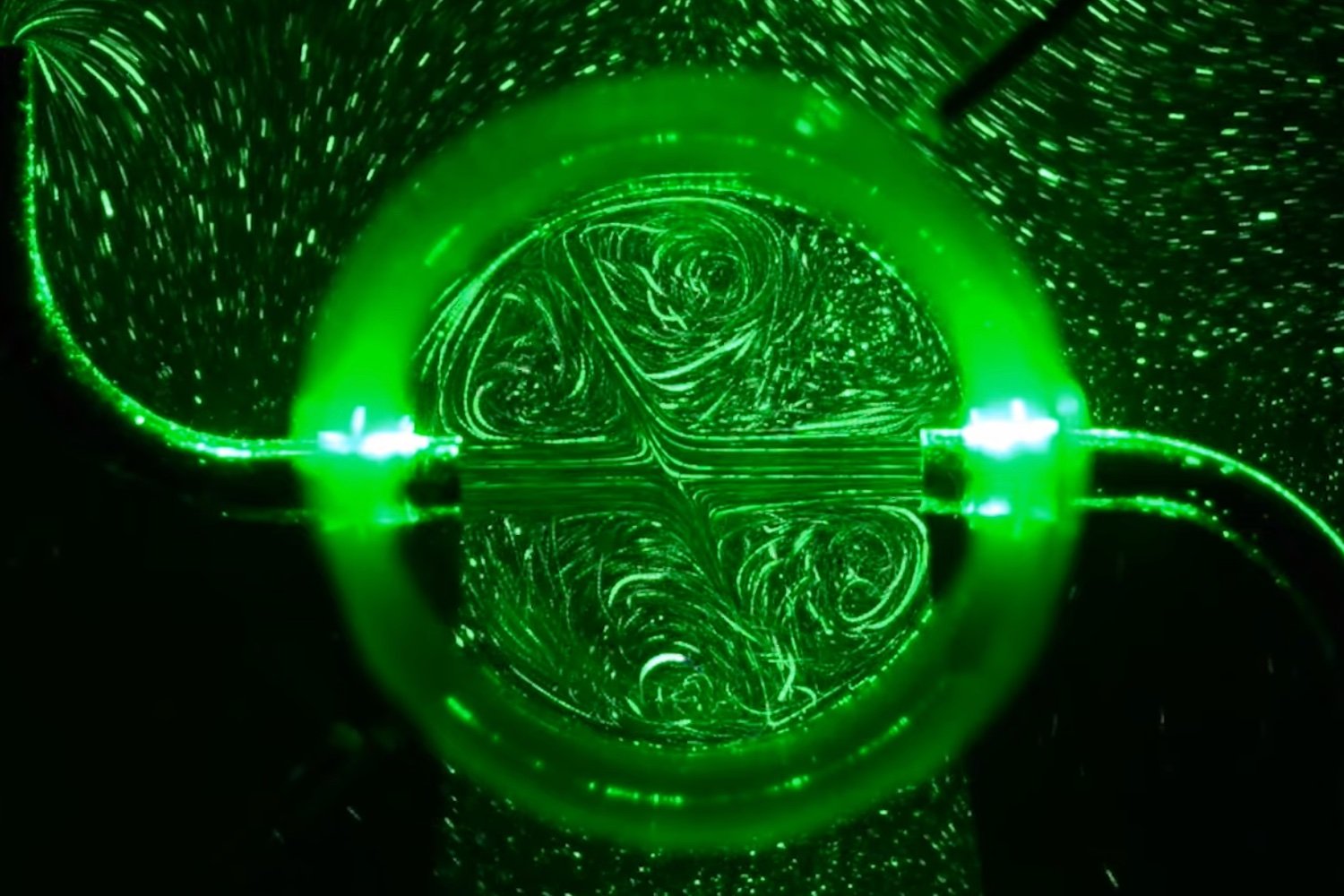
Feynman's revolving door puzzle has finally been solved!
For 141 years, the question of how a sprinkler behaves underwater, absorbing rather than rejecting liquid, has intrigued physicists, including Richard Feynman, an iconic figure in the field. This curiosity, born in the era of experimenters in the 1880s and updated by Feynman, has remained unanswered despite attempts to solve this mystery. Feynman himself tried to carry out this task during his doctoral years at Princeton University, but to no avail, and his experiment ended with the explosion of a bottle filled with water.
Inverted underwater sprinkler
The puzzle known as Feynman revolving door “, was based on a simple question: Is the inverted sprayer, equipped with S-shaped arms and submerged, able to rotate? And if so, in which direction will it turn? Until recently, this question remained open, posing a challenge to physicists and researchers.
A team from New York University carried the torch with a new experimental approach that relies on modern technologies to monitor and understand the phenomenon. The experimental apparatus, an inverted rotating disc placed on an ultra-low friction, submerged support, was designed to maximize rotational freedom and allow detailed observation of water flow through the system.
To do this, the researchers colored the water, added tiny particles, illuminated everything with a bright green laser, and filmed the experiment with high-resolution, high-speed cameras. Their discovery, published in the journal Physical review lettersreveals that the inverted rotor is indeed rotating, but in the opposite direction to the direction of the sprinkler that is spewing water!
According to Lev Ristrov, a researcher at the university and lead author of the study, the secret of this movement lies within the revolving door itself. Unlike a conventional sprinkler that propels itself with water jets, the inverted rotor propels internal water jets that, when struck non-frontally, cause the device to slowly rotate at approximately 1/50 the speed of a regular sprinkler.
This exciting discovery not only answers this long-standing question; It also opens the door to practical applications in fields involving air or water flow devices, says study co-author Brennan Sprinkle. We're kidding a little about this study, but using the methods developed for this experiment could completely shake up our understanding of fluid processing in many industrial and scientific sectors.
🟣 To not miss any news on Journal du Geek, subscribe to Google News. And if you like us, we have a newsletter every morning.

“Organizer. Social media geek. General communicator. Bacon scholar. Proud pop culture trailblazer.”
